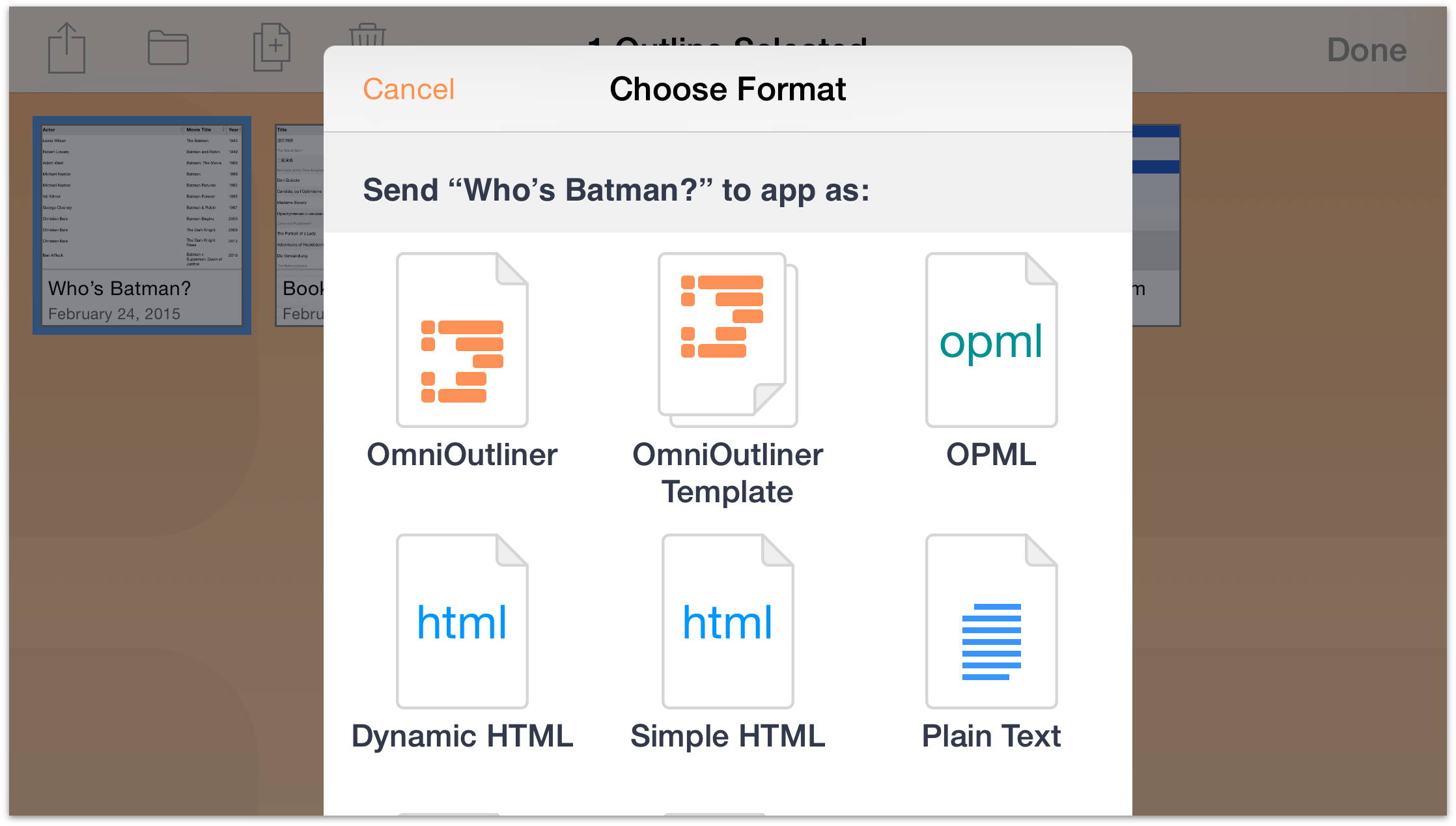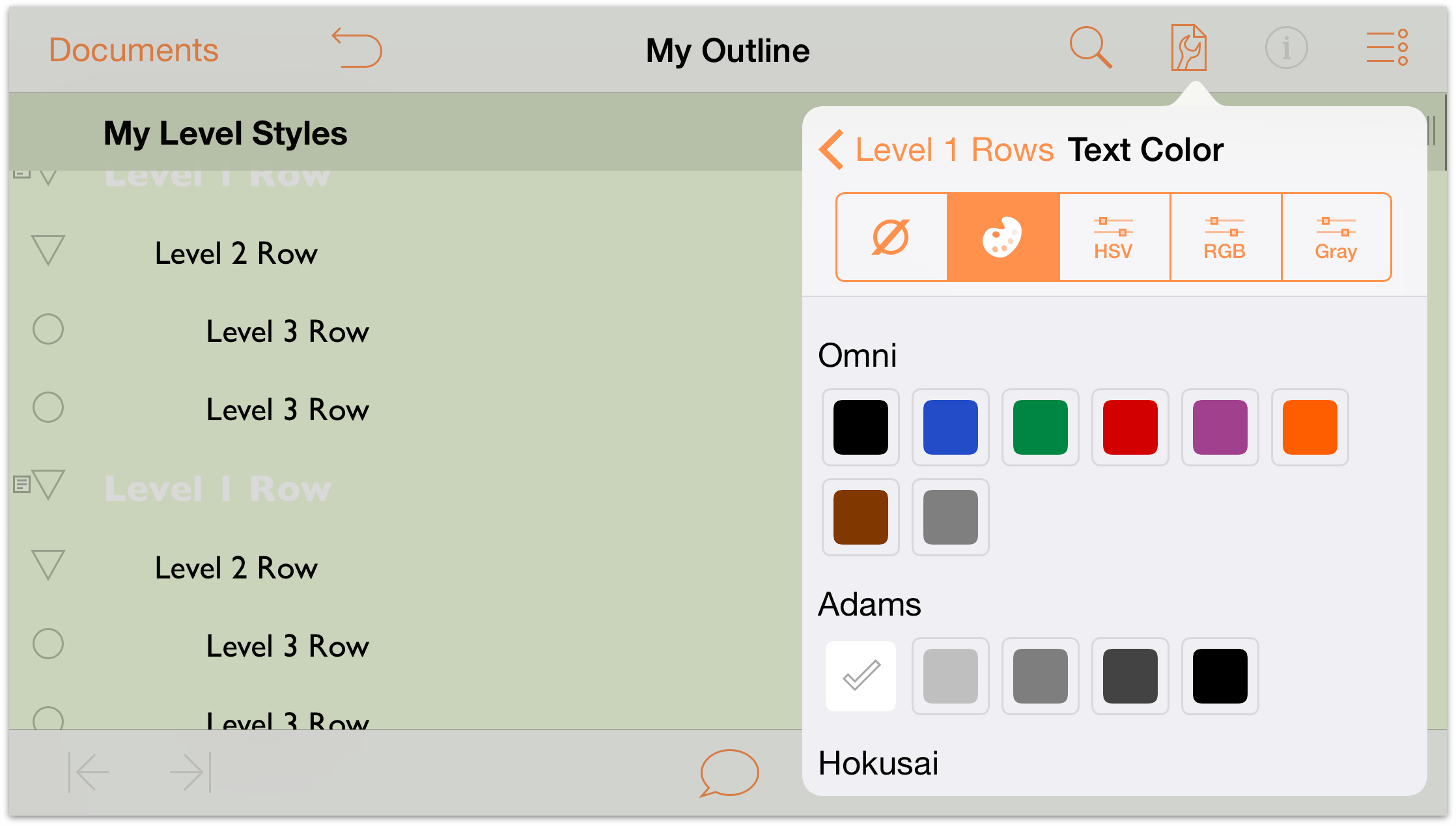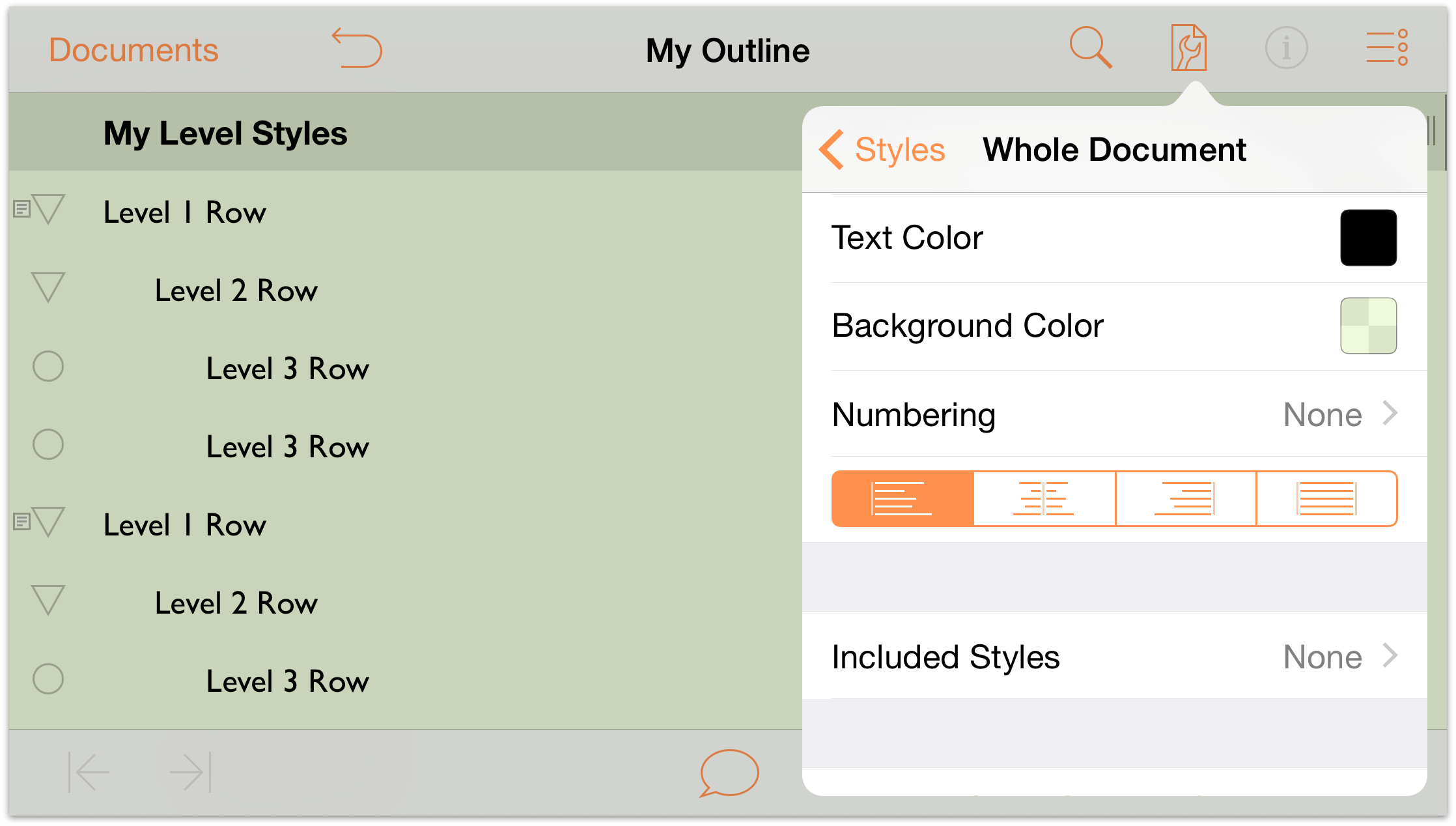


If in June I see an article which can be used in a course taught in November I will likely drop the reference in the OmniOutliner file for that course. Something that can sit and ‘cook’ for a few weeks or months is an OmniOutliner thing. OmniFocus is for recording the results of such thinking so that they pop-up on your lists at the right time.Ģ) What is the timeframe of action? Something that needs to be clarified and dealt with during the next week or two belongs in OmniFocus. OmniOutliner is for logical thinking through the project. More open-ended ideas go into OmniOutliner. When I encounter an idea or another ‘input’ for future action I choose between OmniFocus and OmniOutliner based on a few criteria:ġ) How concrete and actionable is the input? Concrete and actionable things go into OmniFocus (unless they belong to TaskPaper, which is for very simple lists of corrections to a manuscript or things to discuss with the boss). I use OmniOutliner for the events I organize, courses I teach and larger projects that I coordinate. (Another 10–15% are outlines of presentations and talks and the rest are writing outlines in fact I have OmniOutliner templates: Plan, Presentation and Manuscript). I have over 50 project plans which is about 1/5th of all my OmniOutliner files.
#OMNIOUTLINER TEMPLATES SOFTWARE#
My favorite software so far has been OmniOutliner. It makes a lot of sense to keep these items separate from your concrete next actions. Where should one keep project plans if not in OmniFocus? There is actually no good answer to this question. As a results they may contain a lot of open-ended items possibly only relevant in distant future and which are not necessarily your responsibility. In contrast, project plans should be systematic and comprehensive, they should not miss certain things just to spare your attention. Contexts, start dates, ‘on hold’ options, perspectives, sequentially organized projects, and other features of OmniFocus help filter out unwanted information and focus your attention on next actions. In the GTD terminology these are called “next actions”. OmniFocus is designed to provide an unambiguous list of concrete things that both should and can be done. If ( of the five things that should be kept out of OmniFocus are project plans. Note that the script uses the byName() instance function to both check for the existence of the style, and to generate a reference to the style instance.

Omnioutliner:///omnijs-run?script=document%2Eoutline%2EnamedStyles%2Eall%2EforEach%28function%28nStyle%29%7BnStyle%2Eremove%28%29%7D%29 Delete All Named Stylesĭocument. The name of the style that is presented in the interface.



 0 kommentar(er)
0 kommentar(er)
